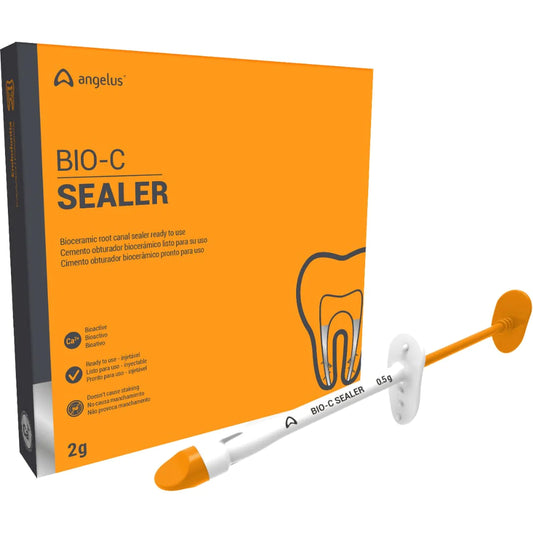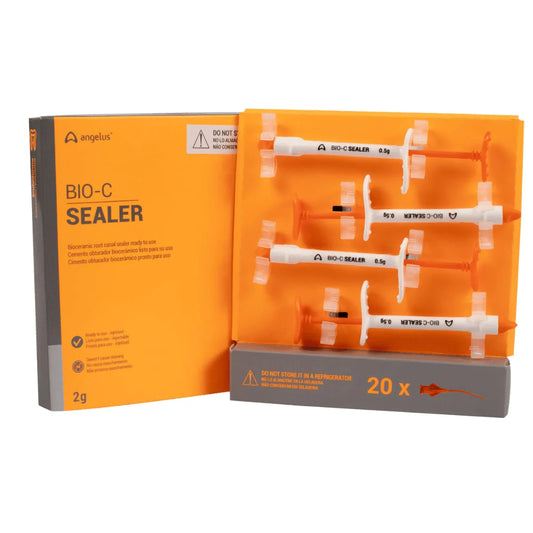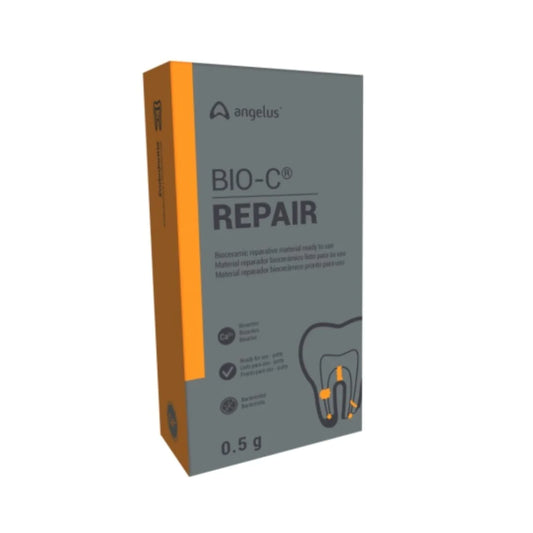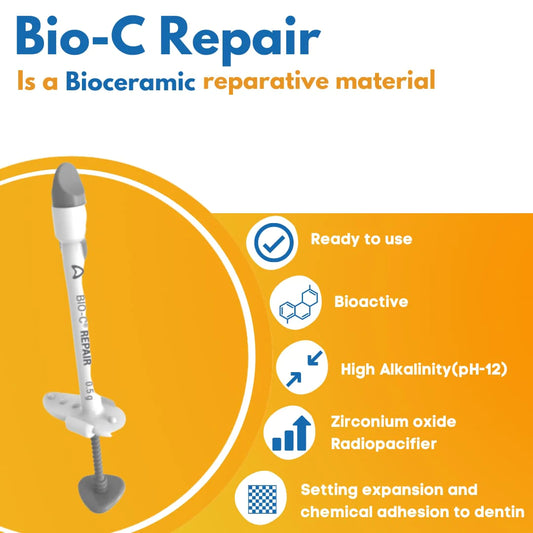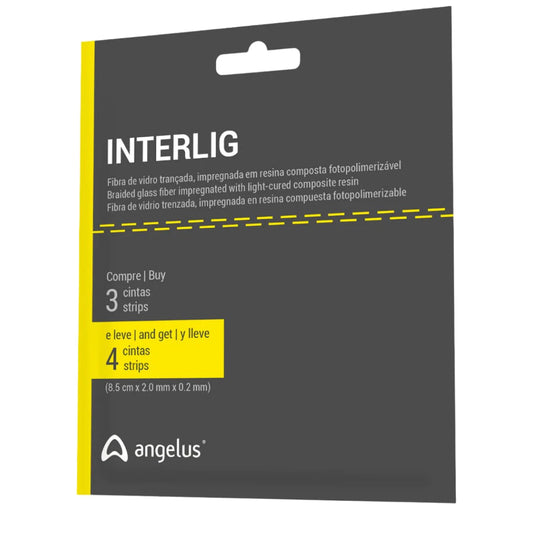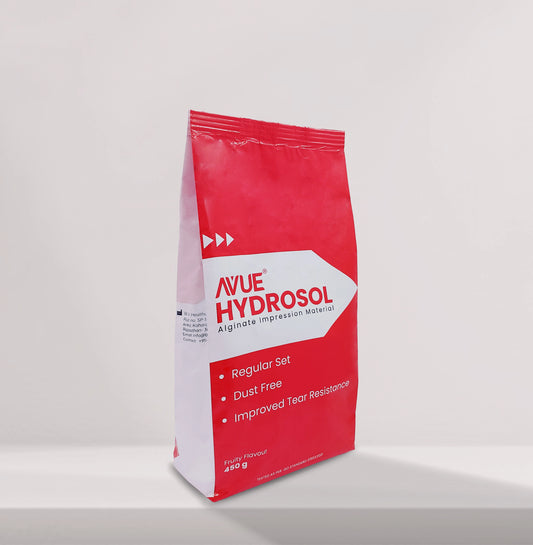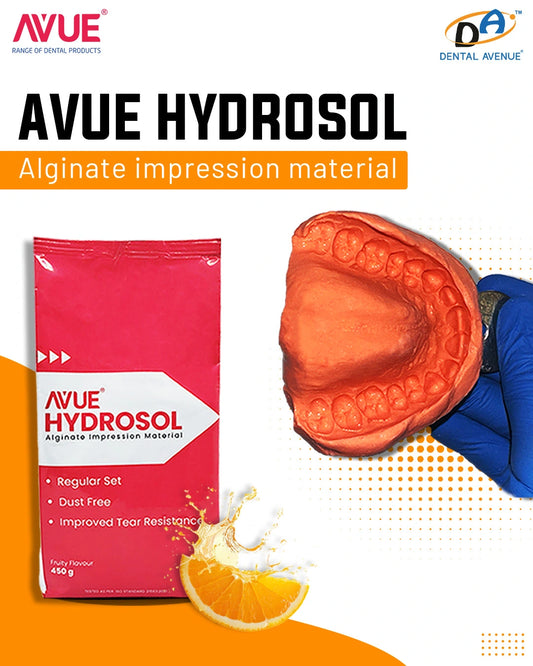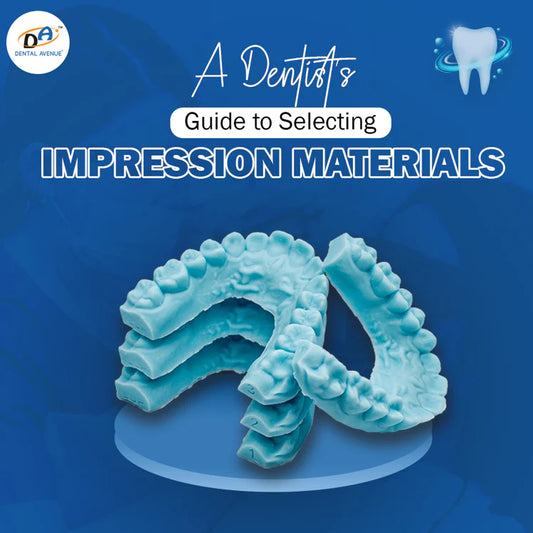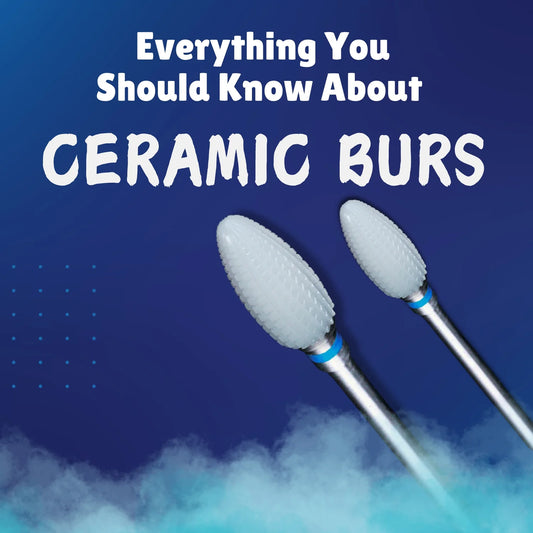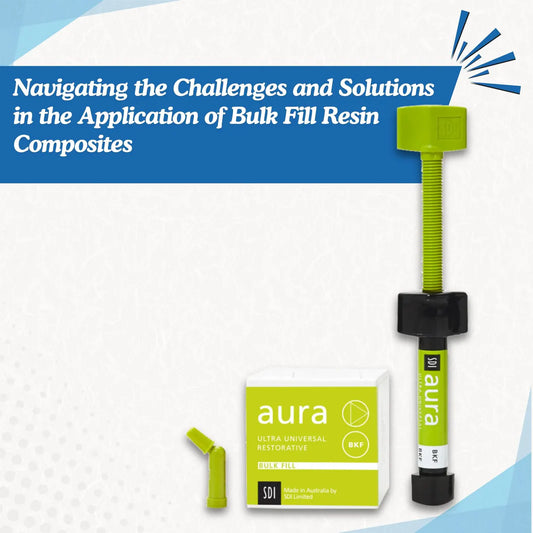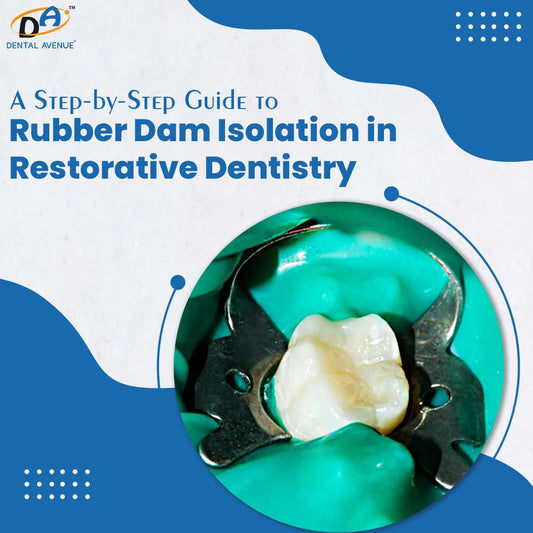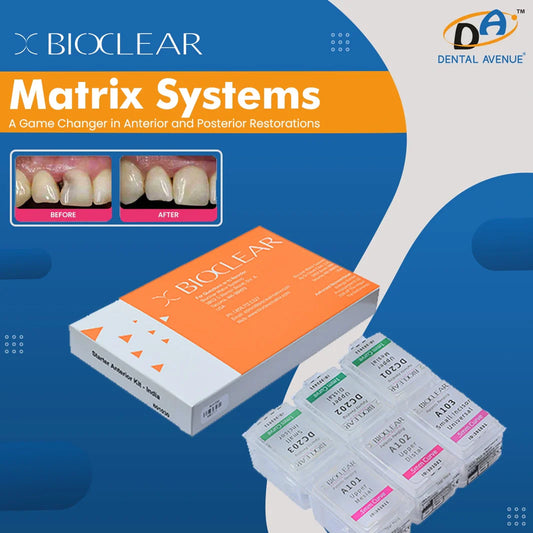What are Round Burs?
Round burs are cylindrical rotary tools, usually with a metal bur head underneath that is attached to a covering of diamond or tungsten carbide particles. Round head burs are utilized for a variety of tasks, including cavity preparation, endodontic treatment, access point creation, retention groove and starting point creation, caries removal from the tooth structure, and selective grinding. Bone surgery also makes use of round dental burs.
Benefits of using Round Burs in Dentistry:
In dentistry, round dental burs provide a number of significant benefits. The materials that are used determine their durability, as wear resistance and hardness have a direct impact on how well they cut and how long they last. Because of their toughness, they can effectively perform jobs like cutting dentine, enamel, and restorative materials, as well as making access points for surgical extractions. Because of their reduced size and rounded shape, which are intended for precision, dentists can work precisely without causing any harm to the surrounding tissues around them. Furthermore, round burs are incredibly adaptable for a variety of dental treatments, including root canal access, cavity preparation, excavation of caries, and the removal of substantial tooth decay. Their adaptability highlights their significance as indispensable and necessary instruments in modern dentistry.
Different uses of Round Burs:
Round burs can be used in various dental disciplines such as:
Round dental burs feature a spherical cutting head, as the name would imply. Because of their versatility, they are among the most commonly used in dentistry.
- They are the preferred method for removing decay, establishing retention grooves and starting points.
- They are used in paediatric dentistry for decay removal and endodontic access.
- Long neck round burs are effective in creating channels to allow the luxator blades in tooth extraction.
- Long neck round burs are widely used in creating undercuts for fillings, and access points.
- For removal of the pulp chamber roof in the process of acquiring out-of-line shape in endodontic treatment.
- High speed round burs are used In excavation of carious dentine in some accessible regions.
Factors to consider when selecting Round burs:
Round burs are designed with different flute angles and cutting characteristics specific to the task for which they are designed. Considering factors are:
First and foremost, consider the hardness of the tooth structure. Whether it’s enamel or dentin you’re working on dictates the type of bur needed. Harder materials may require the strength of diamond burs or carbide burs, while softer materials can be worked on with less abrasive burs.
As we touched on throughout this guide to the different types of dental burs, the specific dental procedure being performed greatly influences your selection. For instance, a high speed round bur might be ideal for decay removal, while a tapered bur is better suited for crown preparations.
Further to that point, the end goal of the procedure, whether it's removing material, polishing, or shaping, also determines the choice of bur. Finishing and polishing burs are different from those used for cutting or excavating.
With any decision you make in your practice, consideration of patient comfort is essential. Burs that reduce vibration and heat can enhance patient comfort, especially in procedures that require extended use of the bur.
Conclusion:
Round dental burs are essential tools in contemporary dentistry, helping dentists with a range of tasks for dental practitioners, they are an indispensable tool due to their effectiveness, adaptability, and longevity. Dentists can maximize clinical outcomes and guarantee patient satisfaction by using precise and efficient treatment protocols by knowing their advantages, varied applications, and selection-influencing aspects.
FAQ’S
How often should round burs be replaced?
Replacement of burs should be depending on various factors such as:
To maximize the effectiveness and lifespan of dental burs, consider various maintenance tips:
- Proper Cleaning: Residual material on burs can affect their cutting efficiency and lifespan. Cleaning should be done promptly after use to prevent the hardening of debris.
- Sterilization Process: All reusable dental burs must be properly sterilized between patients to prevent cross-contamination. Following the manufacturer’s guidelines for sterilization is crucial. Most burs can be autoclaved, but specific instructions regarding temperature and time should be adhered to.
- Regular Inspection: Dull, chipped, or damaged burs can compromise the quality of work and patient safety. Burs showing signs of excessive wear should be replaced promptly.
- Storage: Burs should be stored in a way that prevents damage and contamination. Organized storage solutions can also improve efficiency by making burs easily accessible during procedures.
Can patients feel the difference when round bur is used?
Round burs are designed to reduce the chances of trauma on surrounding tissues during dental procedure, also shape and size is smooth and rounded tip which can contribute to a more controlled and comfortable cutting experience compared to other burs.
What makes Round burs different from other dental burs?
Round burs are different from other dental burs primarily because of the shape and intended use; it comes in various sizes indicated by their diameter (e.g. ¼, ½, 1 etc.). Diameter determines the size of the opening they create; it is often used for creating small round cavities or initial access in the tooth structure, unlike other burs round bur excel at creating circular or semi-circular preparations in dentine and enamel, being effective in creation of channels, thus allows the preparation in a controlled manner. Their design and application make them essential tools in dental practices worldwide.

